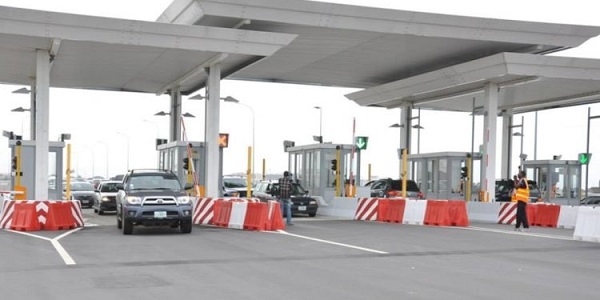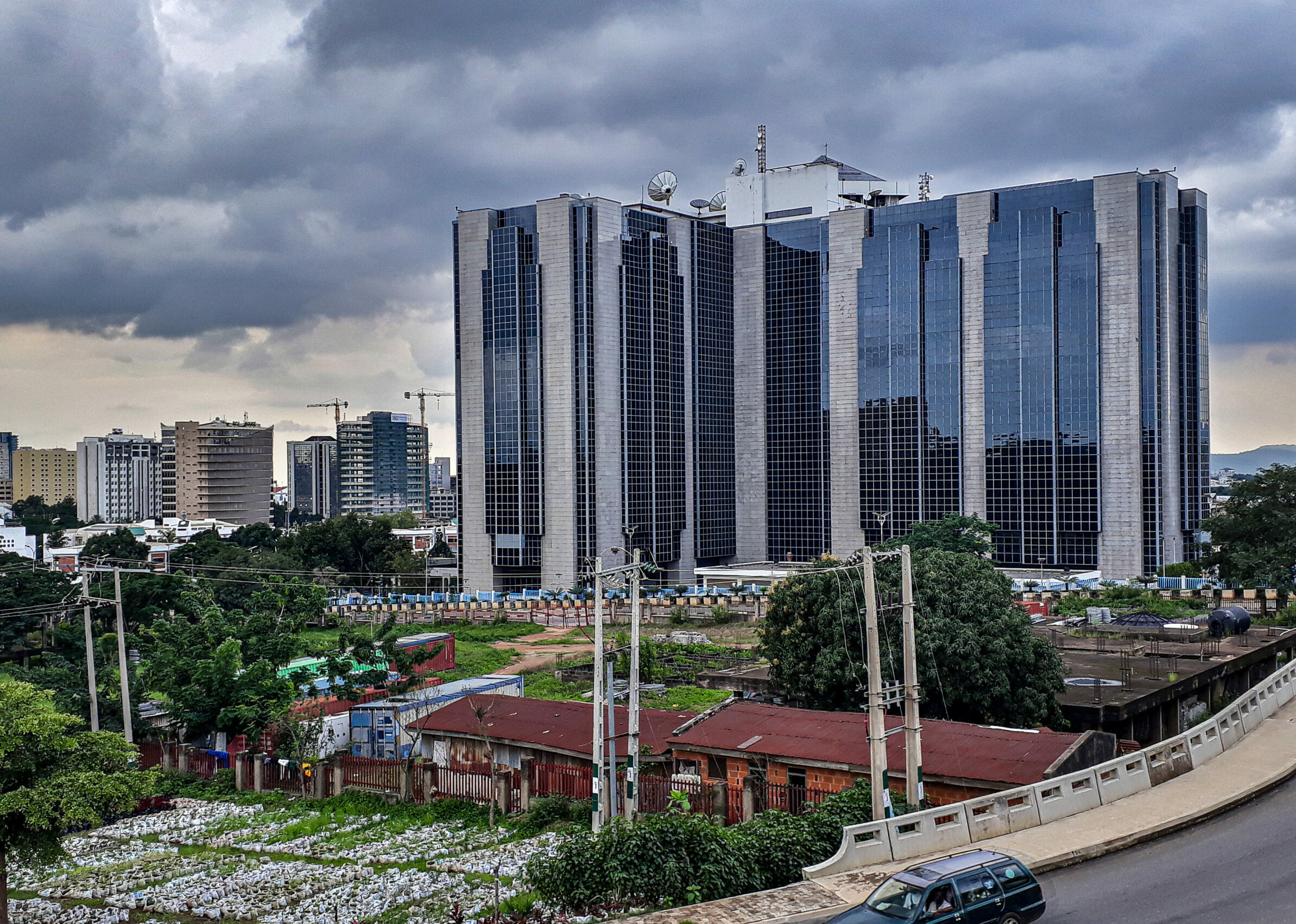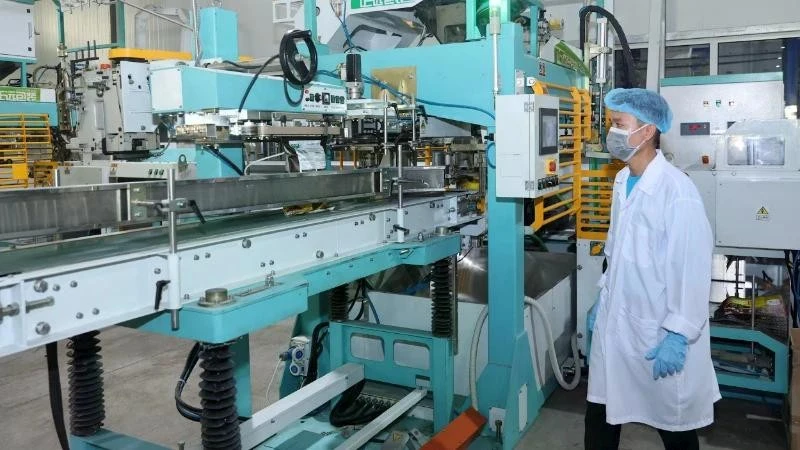Xinhua Commentary: New inter-regional cooperation model in Asia boosts Global South unity-Xinhua
BEIJING, May 25 (Xinhua) -- As leaders of the Association of Southeast Asian Nations (ASEAN) prepare for their 46th summit, an inaugural ASEAN-GCC (the Gulf Cooperation Council)-China Summit is also on the agenda, with expectations to expand inter-regional cooperation in Asia and shore up the common development of Global South countries.
ASEAN will start its summit on May 26 in Malaysia, which currently holds the rotating ASEAN chairmanship. The regional bloc has revealed that the second ASEAN-GCC Summit and the ASEAN-GCC-China Summit will be organized in Kuala Lumpur.
The gatherings, bringing together leaders of the three sides that have their unique strengths, will innovate cooperation models, boost growth momentum for Asia and beyond, and set a good example for Global South countries to unite and consolidate their collective development rights.
The new endeavor is of special significance at a time when the world is haunted by the menace of protectionism and unilateralism, and international institutions are confronted with the challenge of fragmentation.
ASEAN countries are beaming with economic vitality and development potential, while the GCC is a bloc rich in energy resources and investment capital. China, the world's second-largest economy, also has much to offer in creating new cooperation opportunities through its vast consumer market and complete industrial system.
Established in 1967, ASEAN currently consists of 10 countries, including Indonesia, Malaysia, the Philippines, Singapore, Thailand, Brunei, Vietnam, Laos, Myanmar and Cambodia. The GCC, founded in 1981, groups Bahrain, Kuwait, Oman, Qatar, Saudi Arabia and the United Arab Emirates.
Trade volume and cooperation in a wide range of sectors have been on the rise in recent years between the two regional blocs, which convened their maiden summit in Riyadh, Saudi Arabia, in October 2023.
China, the region's economic powerhouse and an ardent promoter of cooperation, enjoys strong ties with both ASEAN and GCC countries.
Trade, people-to-people exchanges, cooperation in energy, connectivity projects, finance and investment, innovation and green development have all witnessed steadfast growth among the three sides.
As neighbors, China and ASEAN had by 2024 been each other's largest trading partner for five consecutive years. Bilateral trade value soared from less than 8 billion U.S. dollars in 1991 to nearly 1 trillion dollars in 2024.
In the latest development, China and 10 ASEAN countries have fully completed negotiations on the Version 3.0 China-ASEAN Free Trade Area, a milestone in bilateral trade cooperation that will inject greater momentum and stability into the world economy, as announced by China's Ministry of Commerce on Tuesday.
With the GCC, China established contact upon the bloc's inception in 1981. Forty-plus years on, the two sides have written together a splendid chapter of solidarity, mutual assistance and win-win cooperation.
In 2024, trade between China and GCC countries reached over 288 billion dollars. Cooperation in investment, energy and green transformation is on the rise, thanks to the growing mutual trust and the high degree of complementarity in their respective economies.
As the trilateral model of ASEAN-GCC-China cooperation continues to take shape, more growth momentum can be expected. Moreover, the three sides can coordinate better on regional and international affairs.
With expanded and strengthened cooperation, the new model, together with mechanisms like the BRICS, can help create more solidarity and common prosperity for Global South countries. ■








